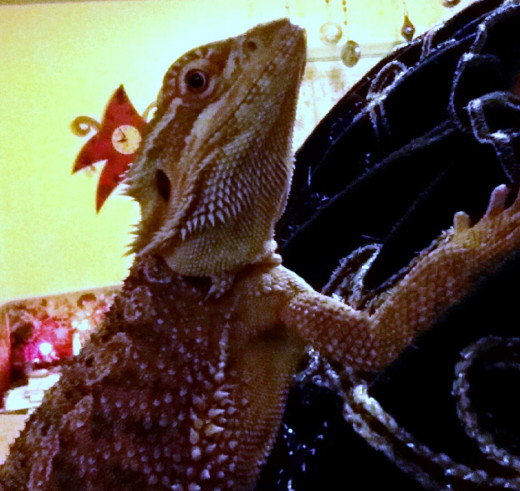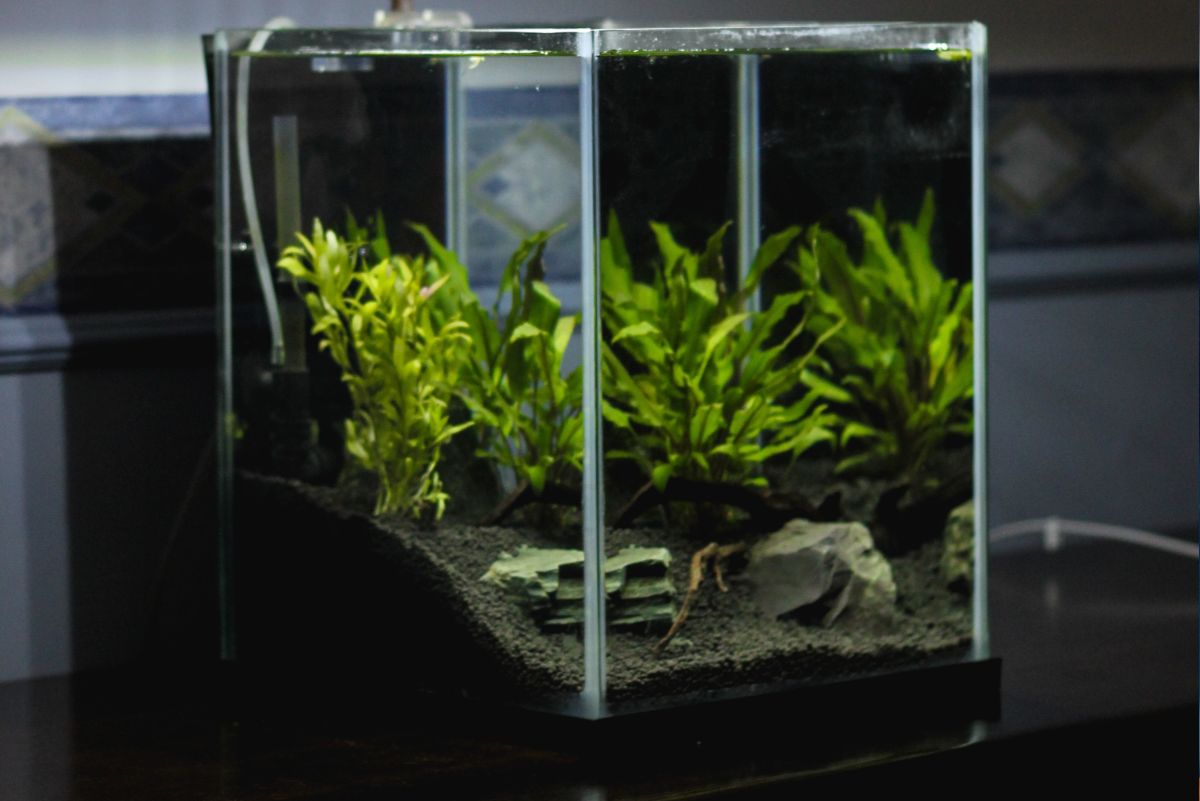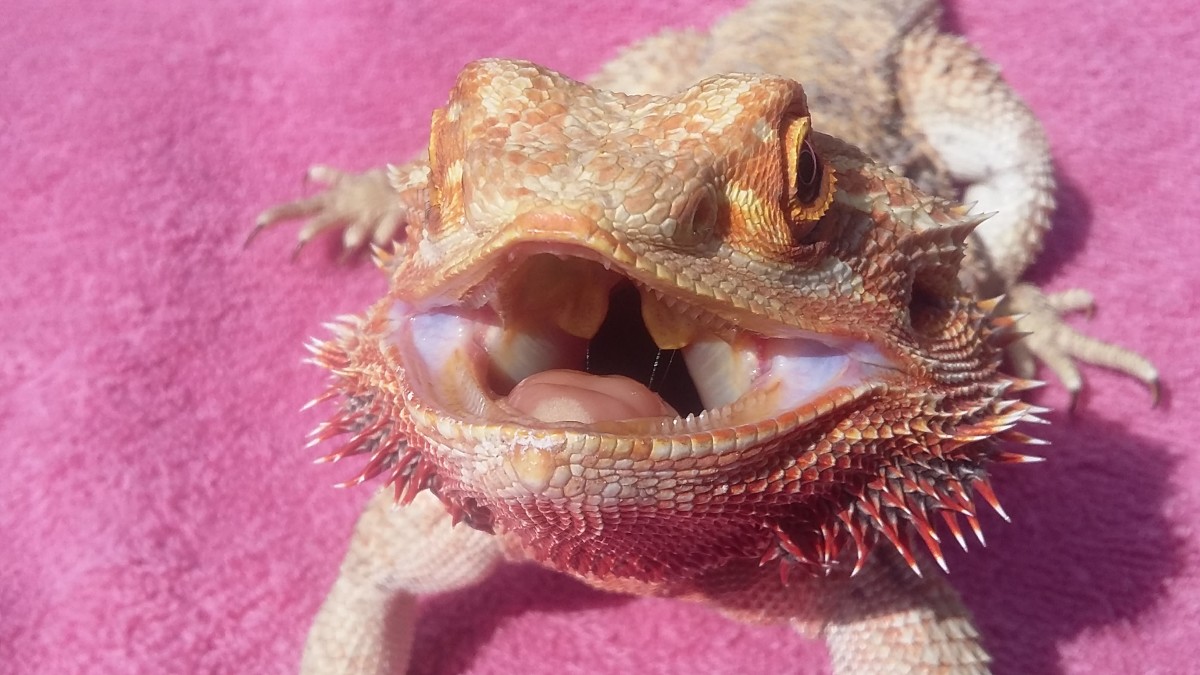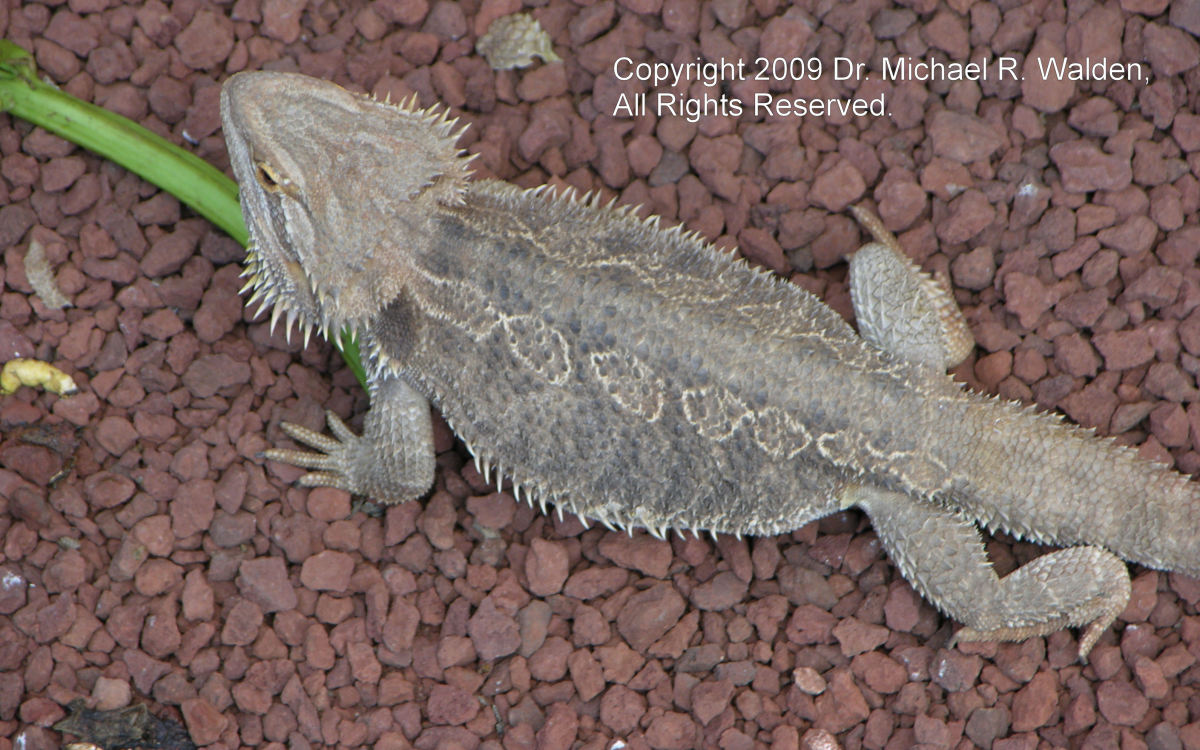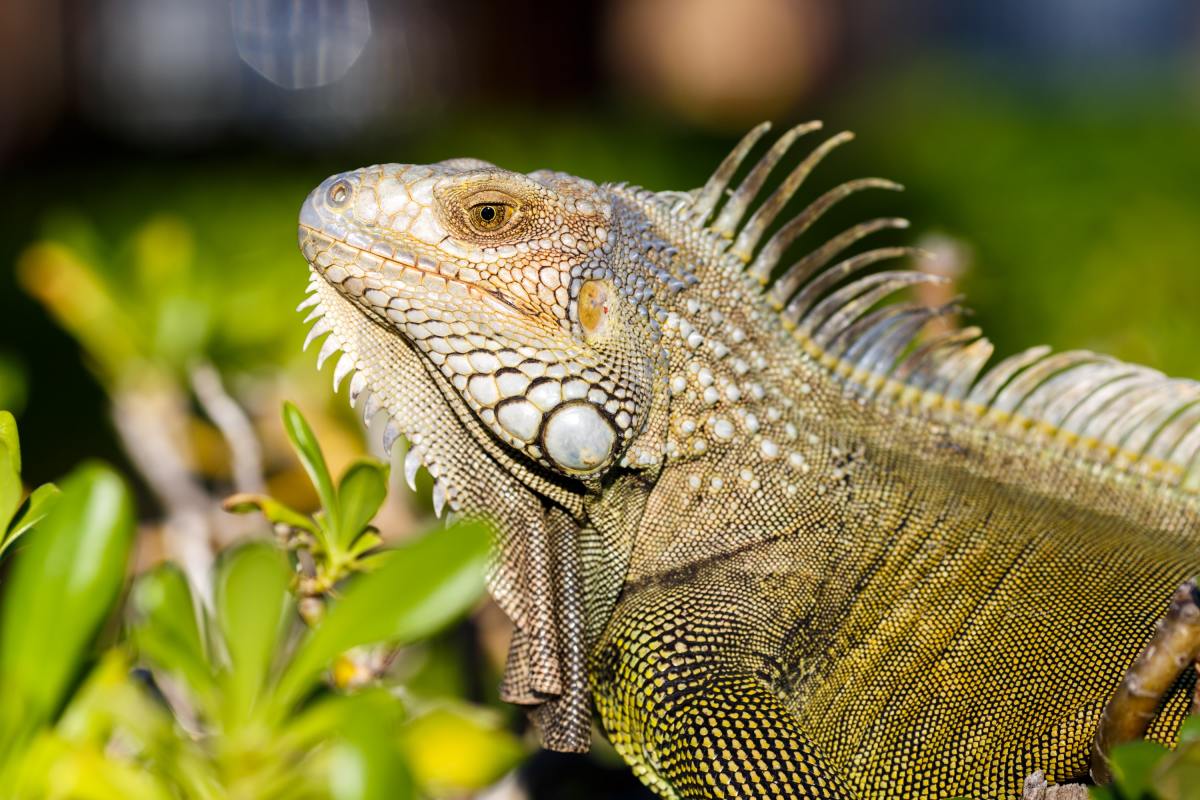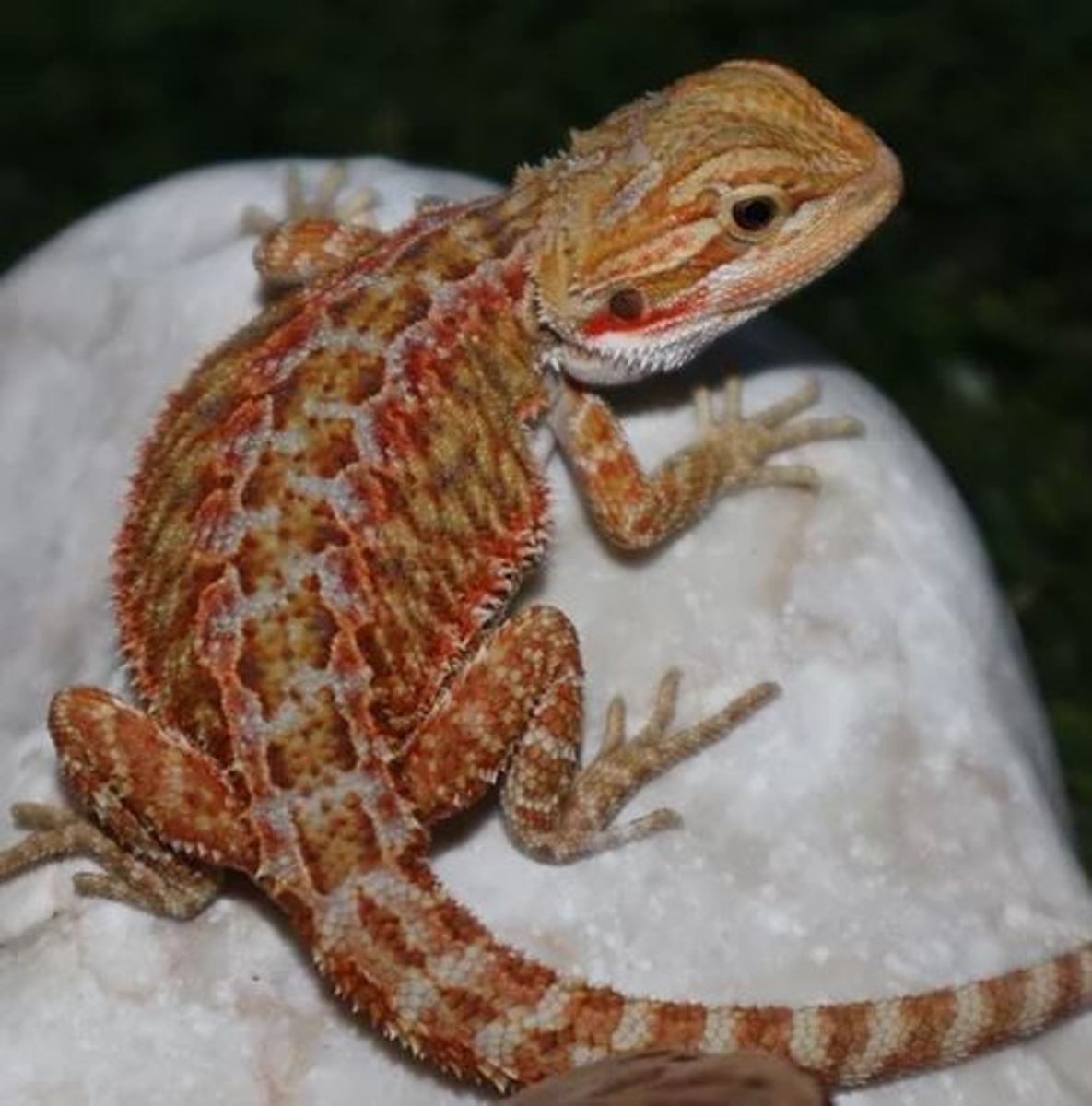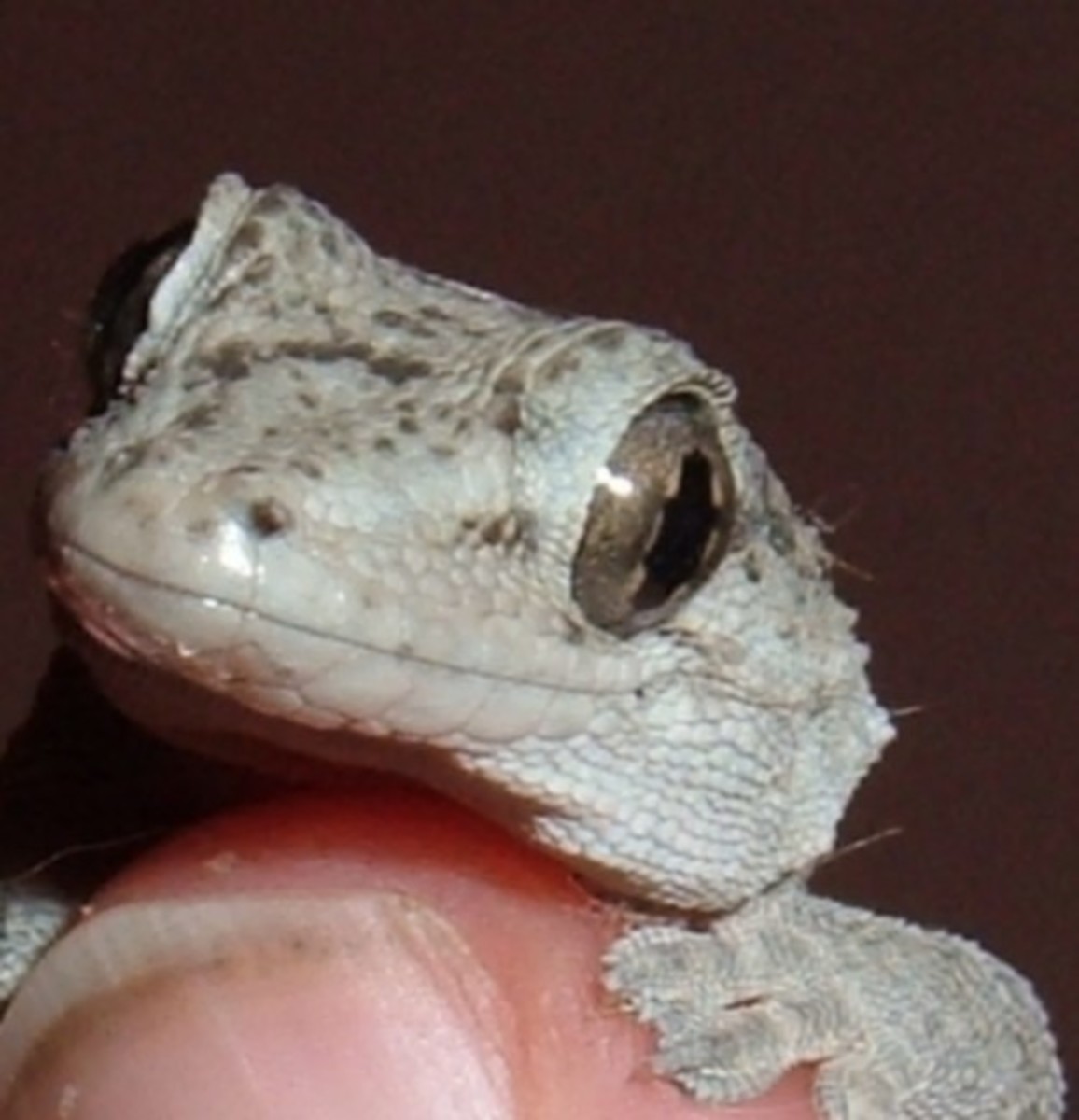Life With a Dragon
The Salt Water Tank Crack
I had started the salt water tank journey in 2008. I had always loved going into my friend's family Pet shoppe; complete with salt water tanks, reptiles, birds and more. The salt water fish were gorgeous and learning about the corals, mollusk and various salt water creatures piqued my interest enough to take the "plunge" and start my own 50 gallon tank.
I had my 50 gallon tank for four years before deciding to go bigger. The smaller the tank, the less room for corals, crew and fish. There were specific fish I wanted to add to my tank that would add splashes of color and movement. It was after purchasing a 75 gallon tank, cycling it for a couple months and then transferring my 50 gallon over that I was able to add a Tang and some other larger fish. I loved the new, large addition to my living room and would sit for hours just watching all of the life contained in that rectangular prism!
Three months after the tank had finished cycling (a process that every salt water tank MUST go through- a long, boring process I might add...) and my corals were beginning to reproduce, I noticed a hairline crack near the top of the tank.
I think I felt my stomach fall to the ground. If you have ever maintained, had or researched having a salt water tank, you would have cried with me. I did not have the money or available time to purchase another tank and begin the two-three month cycle needed to get a brand new tank ready before a disaster could occur. The pressure that 75 gallons of water place on the sides of a cracked, glass tank is incredible. I realized that the tank could collapse in a month, a week or even a day. I looked at my beautiful corals and fish with tears in my eyes. I had to surrender them to a safe place and find them all new homes.
My friend; the owner of the pet shoppe, helped me immediately. The staff found my tank inhabitants appropriate homes in their own salt water area as well as my live rock. They graciously extended me a generous store credit so that I could restart a salt water tank if I chose to or use the credit for another animal project.
I decided that I didn't have the energy to invest another 5 years into establishing a salt water tank comparable to the one I had just dissected so I decided to become the proud mother of a Bearded Dragon!
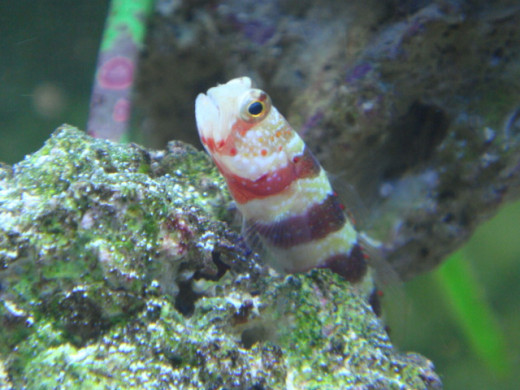
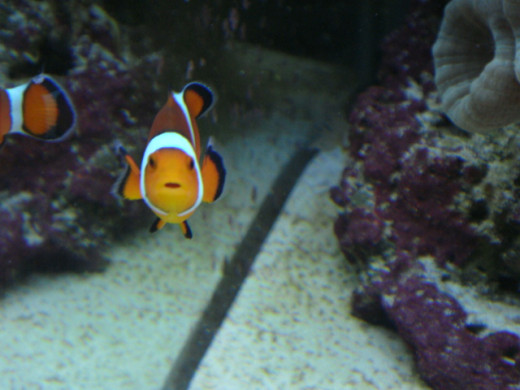
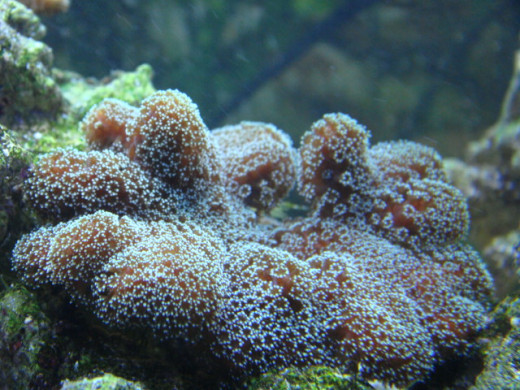
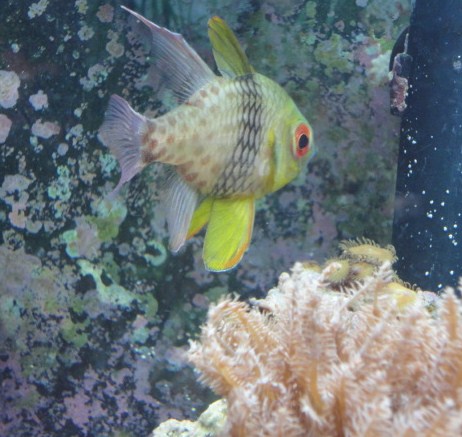
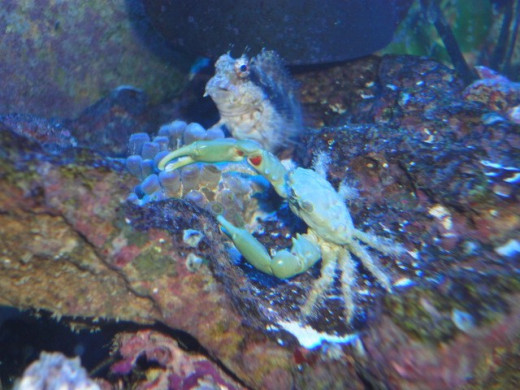
The Journey to Get "Journey"
I had various reasons as to why I decided to go from a salt water tank to a Bearded Dragon owner. I had a huge 75 gallon tank that I needed to fill. I was given a generous store credit to use. I also wanted to bring a unique animal as a school pet into my classroom this year. Our theme was Pirates and dragons seemed to "go" with a Pirate theme.
In addition...have you ever seen how cute a baby Beardie is? All you have to do is look at a tiny, nine week old dragon and you feel a motherly rush overcome you. At least I did.
I began buying the necessities needed to provide a home both in school and in my own house for my little dragon. I wanted to duplicate her living conditions in both places so that she could live at school during the week and come home with me on the weekends and during holidays.
After a lot of research and talking to owners of dragons, I felt I was ready to begin. After choosing my dragon, it was decided that she would be named "Journey" because she was the traveling dragon! She had two homes and would go between them during the week.
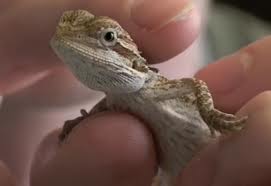
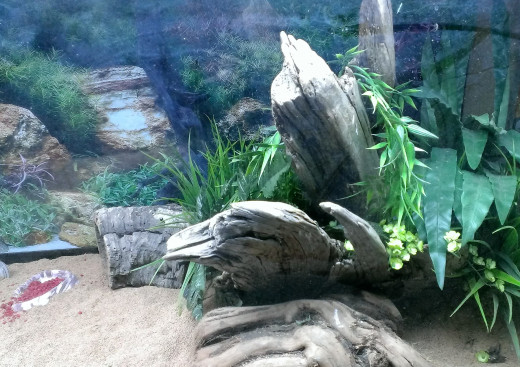

The Right Equipment
My 75 gallon tank was the perfect size for my dragon. Yes, she was very tiny when I got her; however, she would eventually grow to be the size of my forearm. She needed the space and room to do so. Some people like to get a "starter" tank for their smaller dragons. I personally wanted to put driftwood, plastic plants and logs in her tank to create a realistic environment for her and give her room to roam around. By doing so, I feel she is a happy dragon and I don't have any aggression or behavior issues with her.
A friend of mine had a 75 gallon tank she wanted to get rid of so I grabbed that and put it in my classroom. My cracked salt water tank; once cleaned, was ready for her when she was at home with me.
Many people warn not to use the desert or reptile sand sold in pet stores with a young dragon. Baby or juvenile dragons can sometimes ingest this sand and it can cause problems with defecation and at times, impact them to the point of death. The usual recommendation is the plastic turf people use on porches or the felt like material sold in pet stores. My friend's pet shoppe recommended the shredded reptile bark and nuggets as well as the Bed-A-Beast coconut bark shredding. I used the bark and nuggets when my dragon was really little with small sections of carpet squares. I put the carpet square over most of the bottom of her tank and the bark/nuggets on one side of the tank near the driftwood and plastic plants to create an "outdoor" type of environment for her. As she got bigger, I stopped using the carpet and went to the walnut shell substrate which is like a coarse sand for the bottom of her tank. She was around 5 months before I did this and bigger than the top of my hand.
I chose to use carpet for the ease of washing and it was cheap enough to throw away. The felt purchased at the store is quite expensive and I never felt like it washed up well. When a dragon defecates, it is quite large and very smelly!
I also had solid, heavy bowls for soaking, food and water in her tank. They resembled rocks to add to the natural look for her environment.
Dragons are messy eaters and I found that her vegetables and water needed to be away from her basking area and where she wanted to "hang" out. It made clean up easier for me that way. I also purchased a little scooper; similar to a sieve that allowed the substrate to sift through and the leftover veggies and feces to be removed easily.
Lighting is very important. A light that expands the top of the tank is needed with a bulb that simulates the natural sun. There are different options but I chose to get the Repti Glo 10.0 bulb which is stronger in UVB rays. This light is on a timer and goes on for 12 hours and off for 12 hours each day.
For heat, I chose to get a large ceramic heat lamp and a smaller unit as well. My home is kind of drafty in the winter and I wanted to give an extra boost of heat during the cold months. During the summer, I only keep the larger bulb on. The heat bulb also provides basking rays that cannot be seen but certainly absorbed by the dragon.
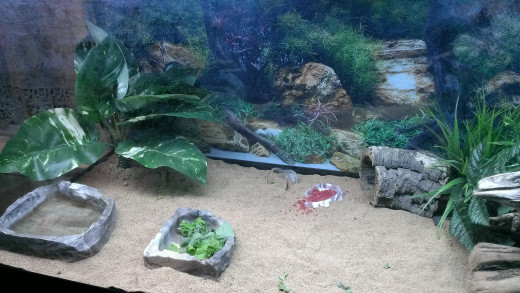
Other Needs
Dragons are easy creatures to have as pets. However, if you don't set up their habitat in a way that is conducive to their growth and health, you will end up with a sick, aggressive and unhappy Bearded Dragon.
The right side, as I mentioned, has her basking lamps and driftwood. She spends most of her day laying close to the top on the wood; sprawled out and enjoying the heat. The strip light containing the UVB bulb is very important. Don't be fooled by some telling you that a small strip light or bulb will work. This UVB bulb helps coloration, digestion and attitude! I began with a smaller strip light that only projected light to 1/2 of the tank and my dragon was unfriendly and stopped eating for a couple of days. When I replaced the light with a strip light that covered the entire tank top and projected light throughout the tank, she began eating again, would greet me and actually jump into my hand and want me to give her affection.
The left side is unheated; although the heat from the ceramic lamps radiate throughout the tank. It is important that the dragon has a "cool" side in their tank that they can go to if they need to lower their body temperature for a while. My dragon often slept on the cool side when she was young and felt cold to me in the morning. As soon as the UVB light clicked on, she scurried over to the basking lamp and warmed up. I also noted that she turned almost grayish-white when she slept too. At first this scared me but I saw it happened each night and I assumed this was nature's way of protecting Beardies when they were in the wild.
There are many types of prepared dragon food products on the market. Dragons live basically on two things: vegetation and crickets. While they enjoy fruit, some meats and worms, my dragon eats around 100 crickets a week (large) and a bag of greens (mustard, turnip and collard) a week as well. I do keep a dry, dragon, pellet food in a small dish in her tank at all times but she isn't crazy about it and I rarely see her eat it. I tried purchasing soft, prepared food and vegetation that is dehydrated (just add water) but nothing gives better nutrition than fresh!
Greens that are high in calcium such as those I listed above are the most important. Never feed your dragon iceburg lettuce, romaine, spinach or kale. They do not provide the nutrients your dragon needs. You can add shredded carrots, peas, beans and either raspberries or strawberries to your greens too. My dragon however, isn't picky and she consumes a lot of greens through the week.
I purchased little crickets when she was small. Bigger ones were too hard for her to fit in her mouth and she couldn't chew and swallow them correctly. When she reached about 6 inches long, I switched to medium sized and now, she eats the large crickets. I do not feed her in her tank either. I have a 5 gallon, long aquarium where I house the crickets. I feed them cricket meal and Fluker's Quench; both that are loaded with calcium so that I don't have to dust the crickets with calcium powder. I put egg crating in the tank for the crickets to nest. If you don't, they will eat each other and defecate on each other; leading to a quick death! Every other day, I take the crating out of the cricket tank (make sure you shake the crickets off the pieces) and place my dragon inside with them. She eats until she is finished; usually around 30 each feeding and then lets me know when she wants me to take her out. I chose to do this because placing crickets in her tank made it difficult for her to catch them. They would hide in the driftwood and in the substrate and she couldn't eat as many as she needed to.

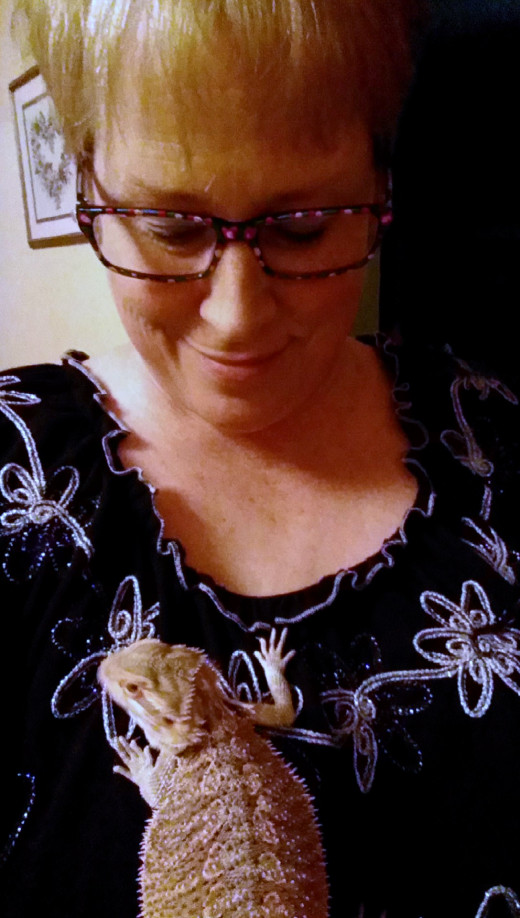
Loving a Bearded Dragon
I never imagined that a lizard could be affectionate but Journey certainly is. She loves to walk around the house with me and sit on my shoulder. She loves to be stroked on her head and under her chin.
Dragons are very rough and dry. Her scales can be felt with each stroke. Her nails are somewhat sharp so I don't allow her to hang on my neck unless I have something covering my skin.
Dragons are FAST! She can run if allowed on the floor and she is very difficult to catch. For that reason, I don't allow her away from me without constant monitoring. She thinks nothing of jumping off of tables and chairs and enjoys hanging on the window when the weather is warm. I take her out in the summer to bask in the natural sunlight in a wire cage. This keeps her safe but allows ventilation and heat absorption too.
My students adore her and always want to hold her. They love watching her scoop up crickets with her tongue and she eats while they have their snack every day! When someone walks by her tank, she runs up to the front and puts her feet against the glass. She loves attention!
Misconceptions
I want to clear up some misconceptions people have about Bearded Dragons. The first is that they need to have another dragon in the tank to keep them company. This is untrue. Dragons are very territorial and will fight; often kill to be in charge.
Don't let the multiple babies, all laying on top of each other in the tank fool you. They are already showing a hierarchy among each other. Journey was placed in a tank with another dragon and the tip of her tail was bitten off. The body does not regenerate its parts on a Bearded Dragon. She will always be missing the tip of her tail.
Also, you cannot carry a dragon with you shopping and visiting friends. The longer the dragon is away from its heat source and UVB lighting, the more susceptible it is to getting sick. While it can be taken out of its tank for periods of time, it needs to be put back in once it begins to feel cold. Reptiles cannot produce their own heat and our body doesn't produce enough heat to act as a heat conductor for the dragon.
Many people like feeding their dragons meal worms. I do not feed Journey these worms. Meal worms have a very strong tip to their body. Young dragons can actually pierce the top of their mouth and then the worm can poke into the head of the dragon; potentially killing your Beardie. Wait until your dragon is full grown before feeding meal worms!
Cleaning the tank is important but you don't have to be a fanatic about it! I thoroughly clean my dragon's tank every 8 weeks. I change the water 2x a week and wash out the bowls with soapy water at that time. I wash the plastic plants in soapy water every 3 weeks. I scrub down the driftwood every 3 months but use a Clorox wipe 2x a month to remove fecal matter and kill germs. I replace the substrate every 2 months and keep it clean with the scooper in the meantime. I wipe down the glass when I replace the substrate but I am careful that no chemical remains in the tank. While I clean, Journey either soaks in a nice warm tub of water or stays in her carrier. She might also eat her crickets during this time.
I don't worry about the driftwood being wet or the plastic plants not being thoroughly dry as I've found that a bit of humidity in her tank helps her shed easier. She molts sections of her body every week.
Journey will often "blow up" her face when she is excited. This doesn't mean that she is mad or showing aggression. She does this when she is eating crickets. She will do this when she sees people she doesn't recognize but she will still allow them to pet her. Whenever I take her from her tank, she turns black under her chin and when I put her back in her tank, she does the same thing. Get to know your dragon and their personality. They will react differently to different stimuli. Reactions don't always signify fear or aggression.
Lastly, sexing a dragon is done one way... by looking under the tail. Coloring, behavior and eating patterns have nothing to do with sexing a dragon. When they are little, they all look like females. When they reach about 6 inches in length (they can still be quite tiny at this point), turn your dragon over and look at the top of the tale, just below a crease that separates the tale from the body. This is called the vent. You will see bumps protruding under the skin of the tale. Two bumps in the middle indicate a female. Two bumps on each side of the tale (remember, near the vent) indicate a male. The bumps become more pronounced the bigger the dragon becomes.
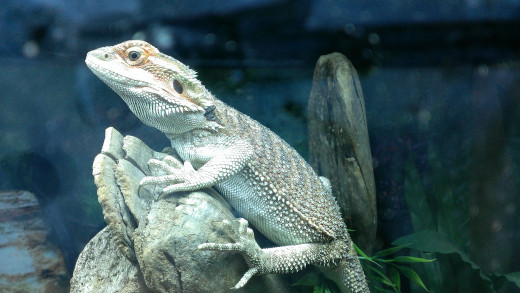
Final Thoughts
While reptiles aren't always thought of as loving pets, a Bearded Dragon can change any skeptic's mind. They love attention and seek it out. They have wonderful personalities and are quite comical in their facial expressions. They even recognize their owners and identify familiar voices that enter the room.
If you are looking for a low maintenance pet that is interesting and loving, I encourage you to look into getting a Bearded Dragon. As with any pet, you need to have the time and money to invest. All pets deserve to live in a home where they will be taken care of and their needs placed as a high priority. For all of you future dragon owners... have fun!
If you have any questions about setting up a tank or caring for your dragon, please feel free to ask.
